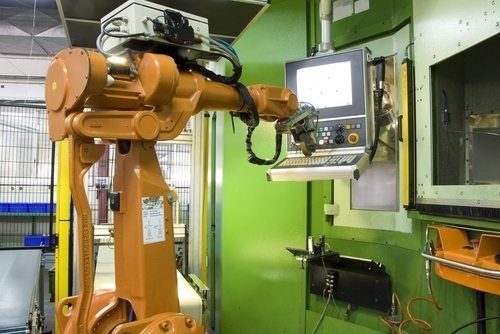Business process and workflow automation have become more common in the past several years, largely because of the combination of more robust and affordable options along with increased demand among enterprises in various industries and sectors. Tools that can help reduce the amount of resources that would otherwise be directed toward mundane, everyday procedures or that can increase the amount of transactions being processed without adding resources can quickly have both indirect and direct benefits on any organization.
From one perspective, the raw costs of accomplishing everyday tasks will be reduced following the shorter period of time that employees will need to take on these activities. On the other hand, the processes that are best suited to new workflow automation solutions are often those that are among the least likely to be loved by staff members, meaning those employees might become a bit more engaged in their daily routines after the responsibilities are taken off their plate.
Initial steps
Business2Community recently suggested several ways in which companies can deploy workflow automation software more smoothly, acting as a step-by-step guide of sorts for the average corporate decision-maker. According to the news provider, one potential first move would be to purchase an automation tool that is specifically tailored to a unique business process which would lend well to this type of assistance.
However, the source explained that adaptable solutions can also be helpful, and that the trick is to keep the use of automation tools, as well as the policies and procedures around them, as fresh and relevant as possible. In fact, Business2Community stated that stagnation can be a dangerous and potentially easy issue to experience, and this should be avoided through a commitment to continuous performance improvement through the use of advanced tools.
Regardless of which approach to automation deployments an organization chooses to take, it is first important to understand the fundamental practices that should take place ahead of purchase and implementation.
Looking inward
Business leaders should first recognize that not all processes and procedures will be well-suited to automation software, and these tools will also not completely eradicate the need for oversight and management. Rather, automation is best used when business processes are highly repetitive and consistent, using the tools to replace the need for everyday oversight with less frequent and more broad-reaching management frameworks.
Once the decision-maker has clearly defined his or her objectives and needs, purchasing proven automation software from reliable vendors will be the next step.






